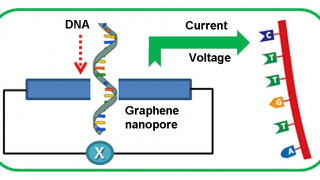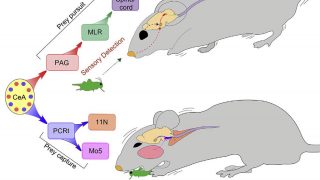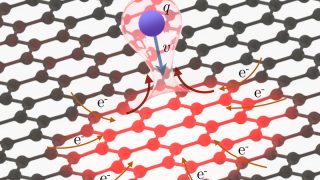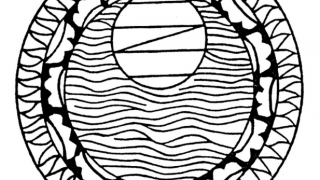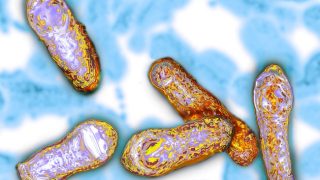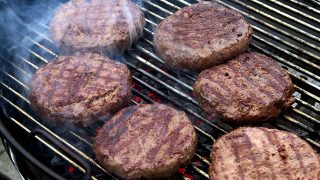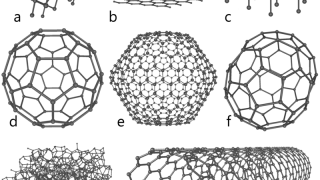
Visions for blind eyes: the Charles Bonnet syndrome
Charles Lullin knew that the figures and people he was seeing were illusions. It was 1759, Charles Lullin was almost ninety years old and he had lost most of his vision: he was still able to distinguish some objects but he was not able to read or write. A servant used to read him the […]
